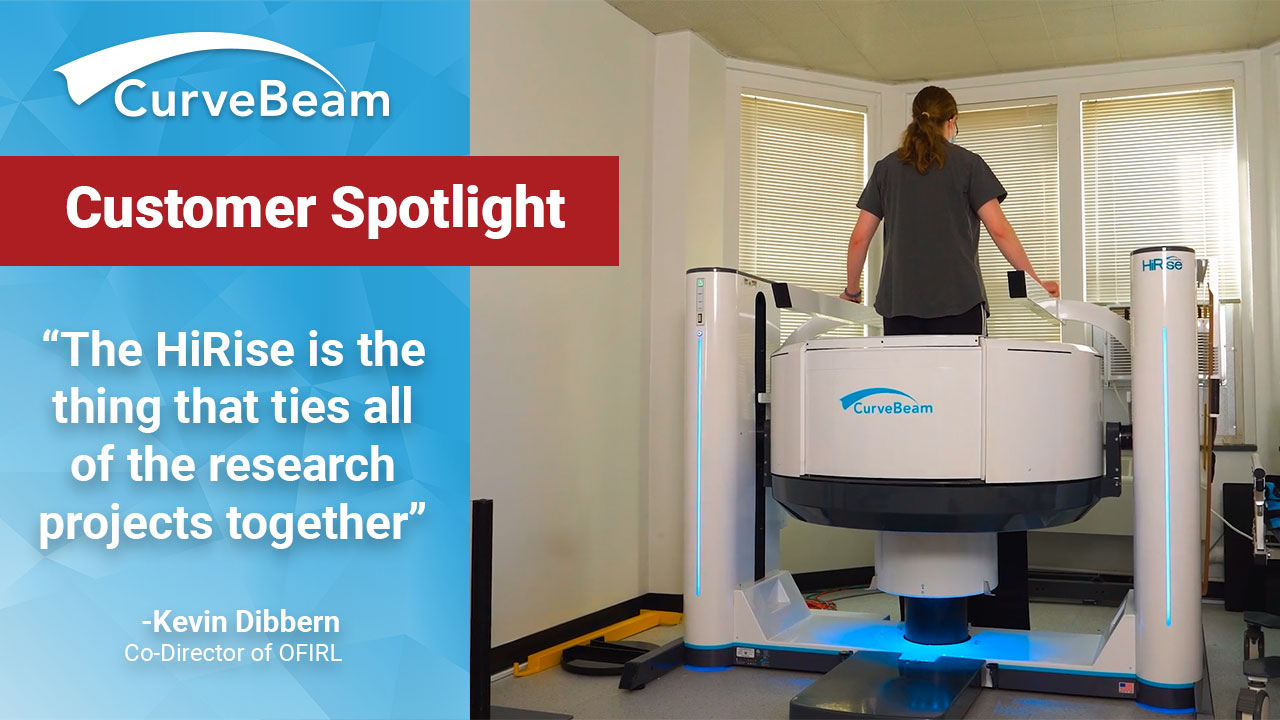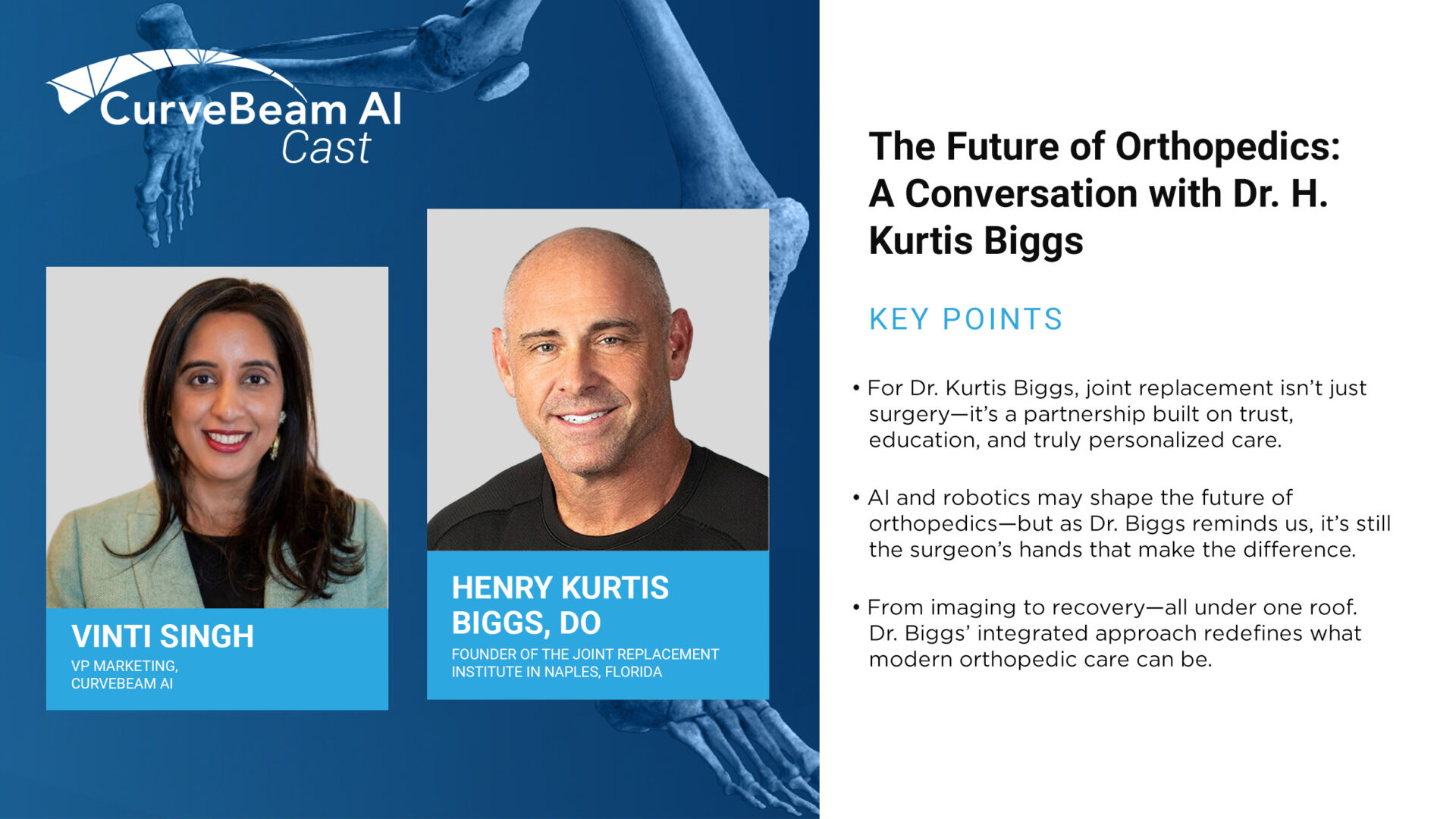In a recent episode of CurveBeam AI Connect, Vice President of Marketing Vinti Singh spoke…

A Day in the Life at the University of Iowa’s Functional Imaging Lab
The University of Iowa’s Orthopedic Biomechanics Laboratories overarching mission is advancing “the application of innovative computational formulations, quantitative imaging breakthroughs, and novel experimental approaches to address clinically-oriented research problems across the diverse spectrum of musculoskeletal biomechanics.”
Weight bearing CT (WBCT) imaging is a huge part of making that vision a reality. The University recently opened the Orthopedic Functional Imaging Research Laboratory (OFIRL) to incorporate WBCT imaging into its ongoing investigations.
CurveBeam is proud to host a live roundtable with University of Iowa on March 31 at 11:30AM ET. Register here.
“Why is weight bearing CT important for the lab? I mean, it’s literally the reason for the lab to exist,” said Dr. Cesar de Cesar Netto, Co-Director of OFIRL. “[It’s become] the gold standard for any assessment of foot and ankle pathology.”
At the University of Iowa, the labs’ teams use a CurveBeam HiRise extensively in research projects pertaining to foot & ankle, knee, hip and the upper extremities.
“The HiRise is the thing that ties all of the research projects together,” said Kevin Dibbern, Co-Director of OFIRL. “Because, whether we’re doing pressure mapping or we’re taking ultrasound measurements or doing gait studies and all that sort of stuff, what we really need to tie that together is this 3D, weight bearing data.”
That data helps the teams understand how patients are functionally standing and positioning themselves, giving the researchers a much clearer idea of the totality of the patient’s pathology. It also gives them patients, themselves, a clearer idea of their own condition and treatment plan, encouraging peace of mind.
CurveBeam is proud to host a live roundtable with University of Iowa on March 31 at 11:30AM ET. Register here.
Click here learn more about the HiRise and weight bearing CT imaging’s role in the future of orthopedics.




